Employee introduction

At just 27, he took on Jakarta
—The mold engineer
behind DAIHO’s technology
PLOFILE
S.M
Head of Jakarta Mold Factory, DAIHO INDUSTRIAL CO., LTD.

PLOFILE
S.M
Head of Jakarta Mold Factory, DAIHO INDUSTRIAL CO., LTD.
Head of Jakarta Mold Factory, DAIHO INDUSTRIAL CO., LTD.
When it comes to injection molding, molds are essential tools. They determine the quality of the final product, so creating high-precision molds that minimize defects is crucial. At DAIHO INDUSTRIAL, mold production is considered a core competency, and the Jakarta Mold Factory plays a central role in this.
We spoke with S.M., who became head of this factory at just 27 years old, about how he joined DAIHO, what life is like abroad, and his passion for mold-making.
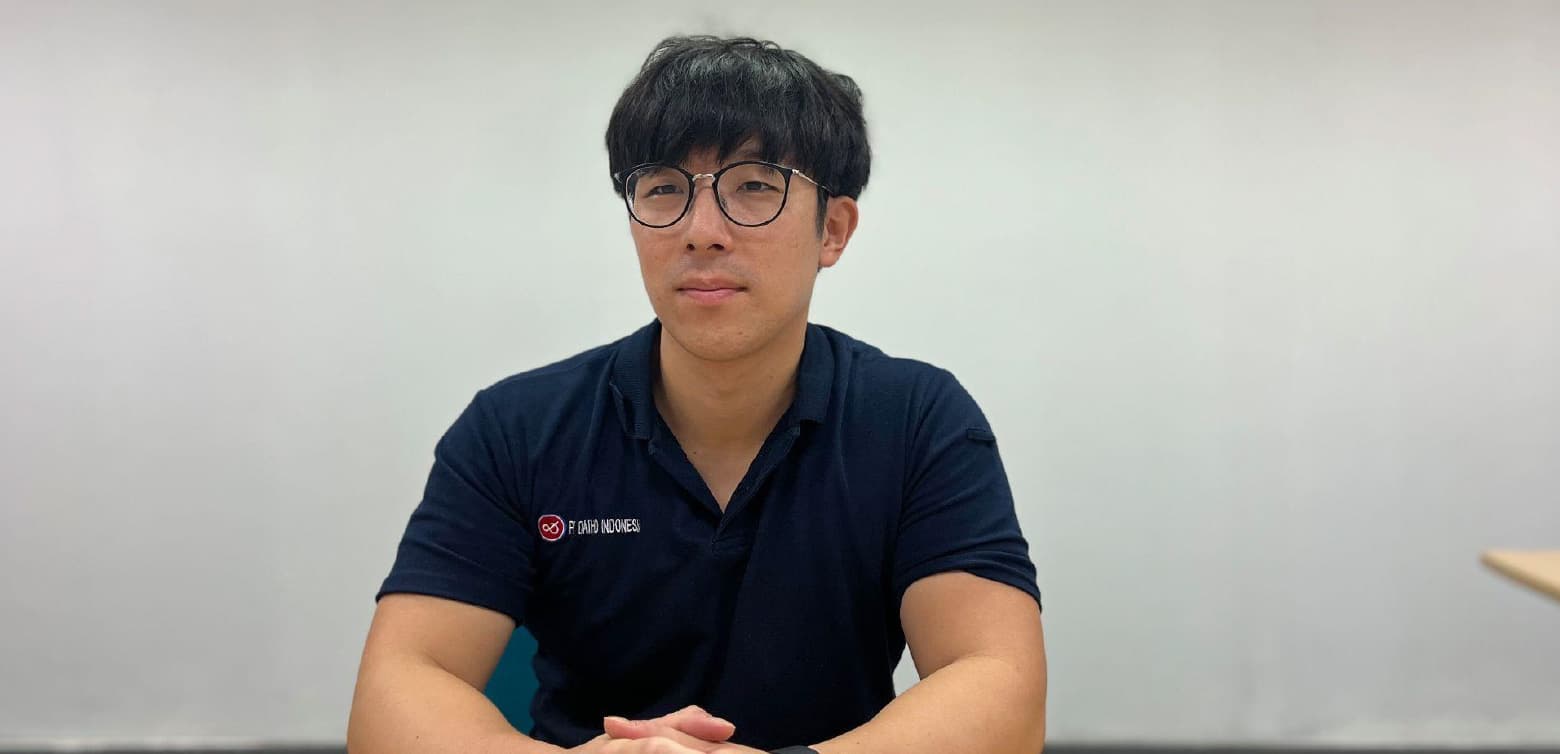
Jakarta is home to DAIHO’s mother plant in Asia. From a young age, S.M. had a deep love for making things.
“I used to buy materials like paper, clay, and wood to create all sorts of things. By the time I was in elementary school, I already knew I wanted to pursue a career in manufacturing. That’s why I majored in mechanical engineering at university and steadily followed the path toward monozukuri (craftsmanship).”
He first encountered DAIHO early in his job search.
Several alumni from my university had joined DAIHO. A professor told me, ‘It’s a great company with a friendly atmosphere. You should at least check it out.’ I was planning to stay in my home prefecture of Ehime, but I decided to give it a try.”
The interviews progressed quickly, and S.M. received an offer before any other companies. What sealed the deal?
“The interviews were just so entertaining! The first one with a department head turned into a long monologue about how amazing DAIHO is. He barely let me talk! But it was genuinely interesting—I almost fell for the guy, haha.
Then in the second interview with executives, it was the same—more passionate DAIHO storytelling. I don’t even remember the details, just that it left a huge impression. By the final interview with the chairman, I still hadn’t done any self-promotion—I didn’t even get a chance to! But I was offered the job soon after.
I thought, ‘There’s no other company like this.’ It seemed like a place where I could work freely and be myself. That’s what made me decide to join.”
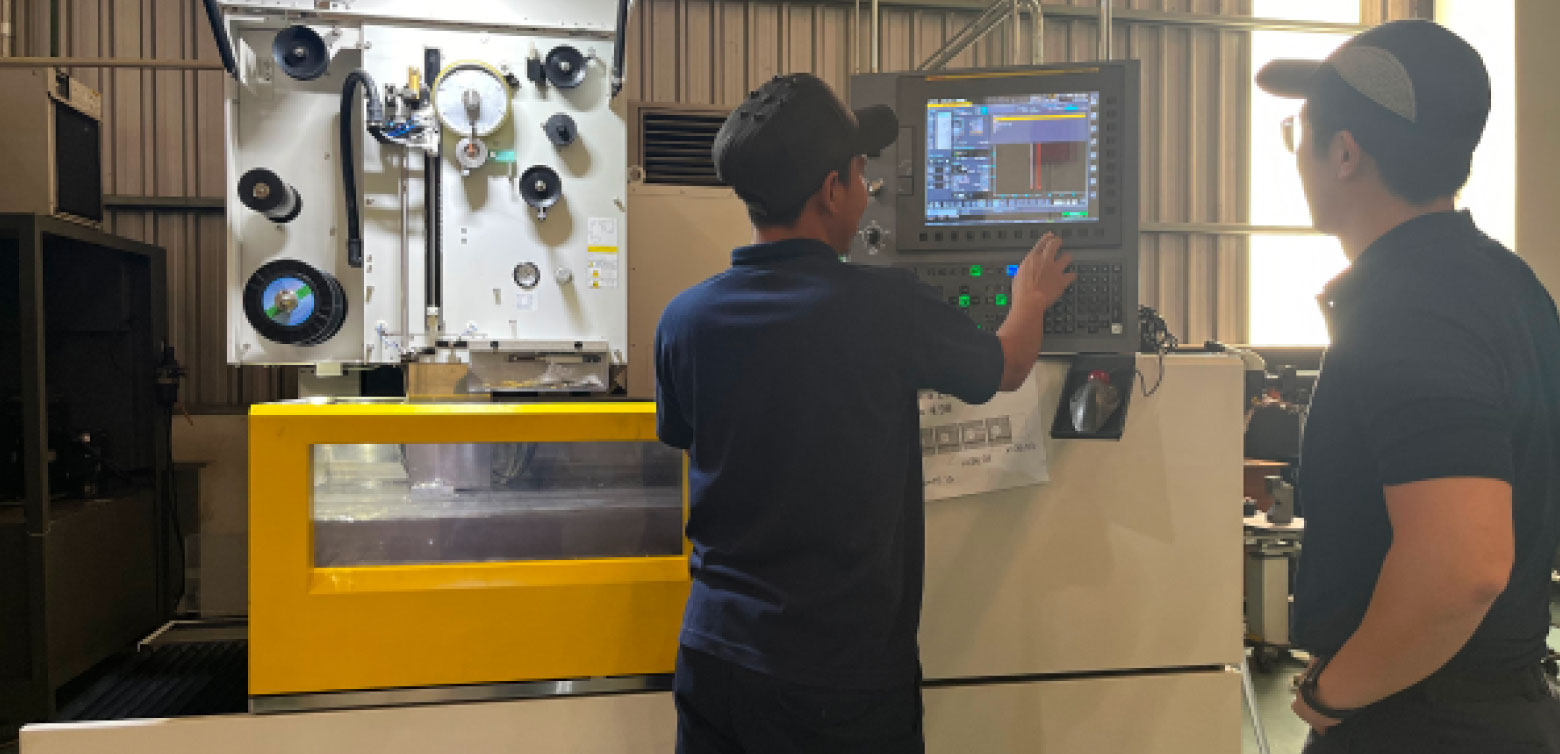
DAIHO usually places new grads in various factories for a yearlong training rotation. But since S.M. had expressed interest in design from the start, he was placed directly in the Mold Engineering Support Division.
“Even though I was a mechanical engineering major, I didn’t know molds even existed until I joined DAIHO. Compared to engines or appliances, molds are kind of a niche area. But once I realized how essential they are, I became fascinated.”
Injection molding molds are typically made of a cavity (female) and a core (male) part, into which melted plastic is injected and cooled to form the final product. It’s a highly technical process requiring precise knowledge, skill, and creativity.
“At first, just learning the names of mold parts was a struggle. Reading technical drawings felt impossible. But I kept writing everything down in a notebook, reviewing it constantly before and after work. I still refer to that notebook today.
I was the only university graduate in the mold department at the time, so I received a lot of one-on-one guidance. That first mold drawing I created? I still treasure it.”
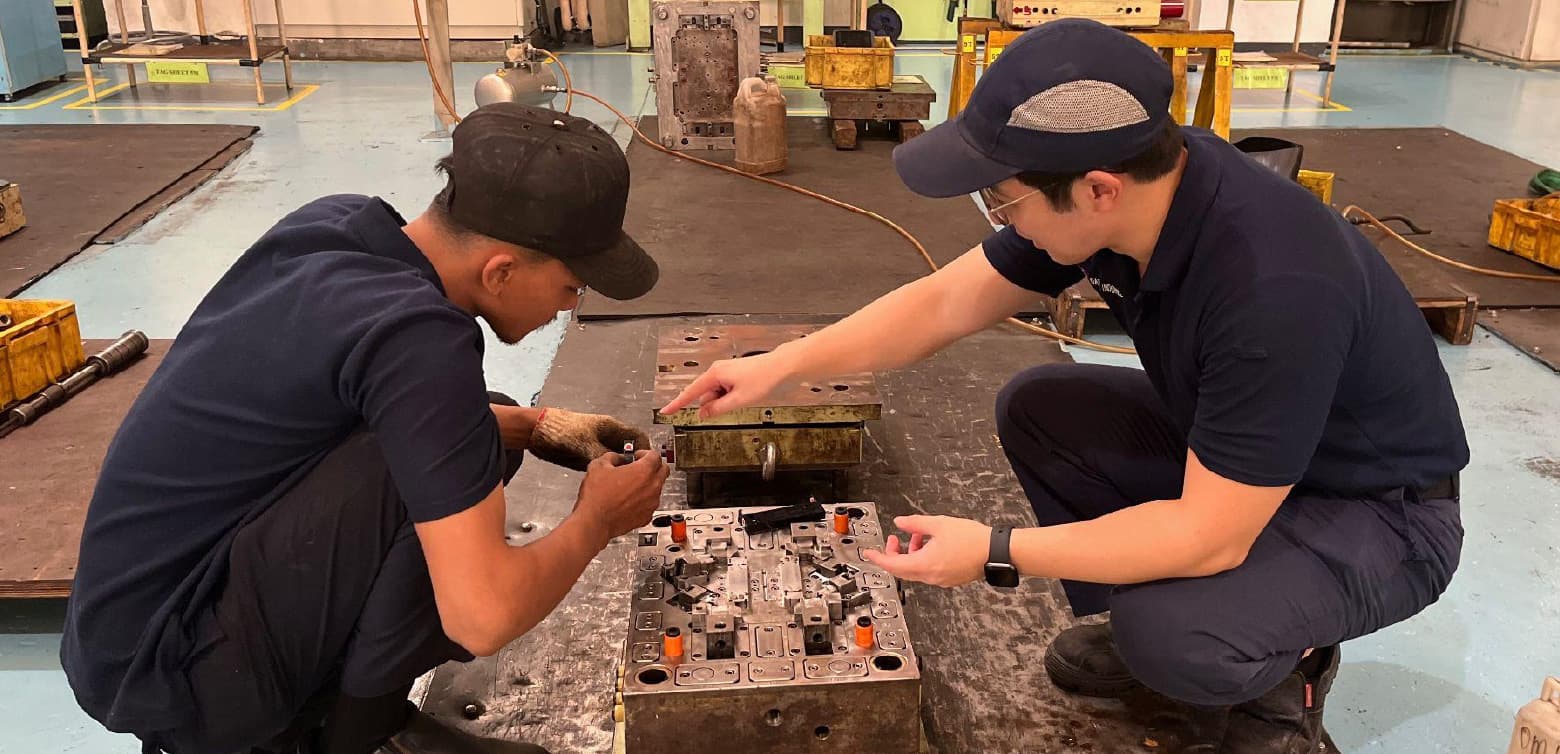
As S.M. got the hang of mold design, he suddenly received an overseas assignment.
“I was told, ‘You’ve learned all you can in Japan,’ and two or three months later I was off to Jakarta. I always wanted to work abroad, so I was excited—but surprised at how fast it came.
I had done training in the Philippines, Jakarta, and Thailand, and my impression was that Thailand would be the most livable, followed by the Philippines, then Jakarta. So when I got the Jakarta assignment, I was like, ‘Oh… Jakarta, huh?’
But the area where the mold factory is located is just right—not too rural, not too urban. There are Japanese supermarkets and amenities, so I got used to it quickly.”The first year and a half were trial by fire.
“Back in Japan, I mainly did design work, but in Jakarta I was responsible for the whole mold operation, including the shop floor. That meant dealing with everything from maintenance to machining.
The reality of the factory was different from what I imagined. I had to unlearn and relearn a lot. For a while, I was completely overwhelmed. I couldn’t even prioritize tasks properly. It took about a year and a half before I found my rhythm.”
The language barrier was the toughest part.
I figured English would get me by, but it didn’t. Almost no one spoke it. The local team tried hard to understand me, and we made do with gestures and drawings, but it was rough at first.”
He also had to be sensitive to cultural differences.
“Most of the team is Muslim. That means I have to be mindful of prayer times, avoid eating or drinking in front of them during Ramadan, and watch for signs of fatigue. Small things, but they matter.”
Despite the challenges, local staff warmed his heart.
“Recently, one of the team invited me to their home. We had a big dinner party with families, sang songs—it was amazing. They treated me with such respect even though I’m younger. Though... I paid for that meal with a nasty stomachache the next day—perut sakit!”
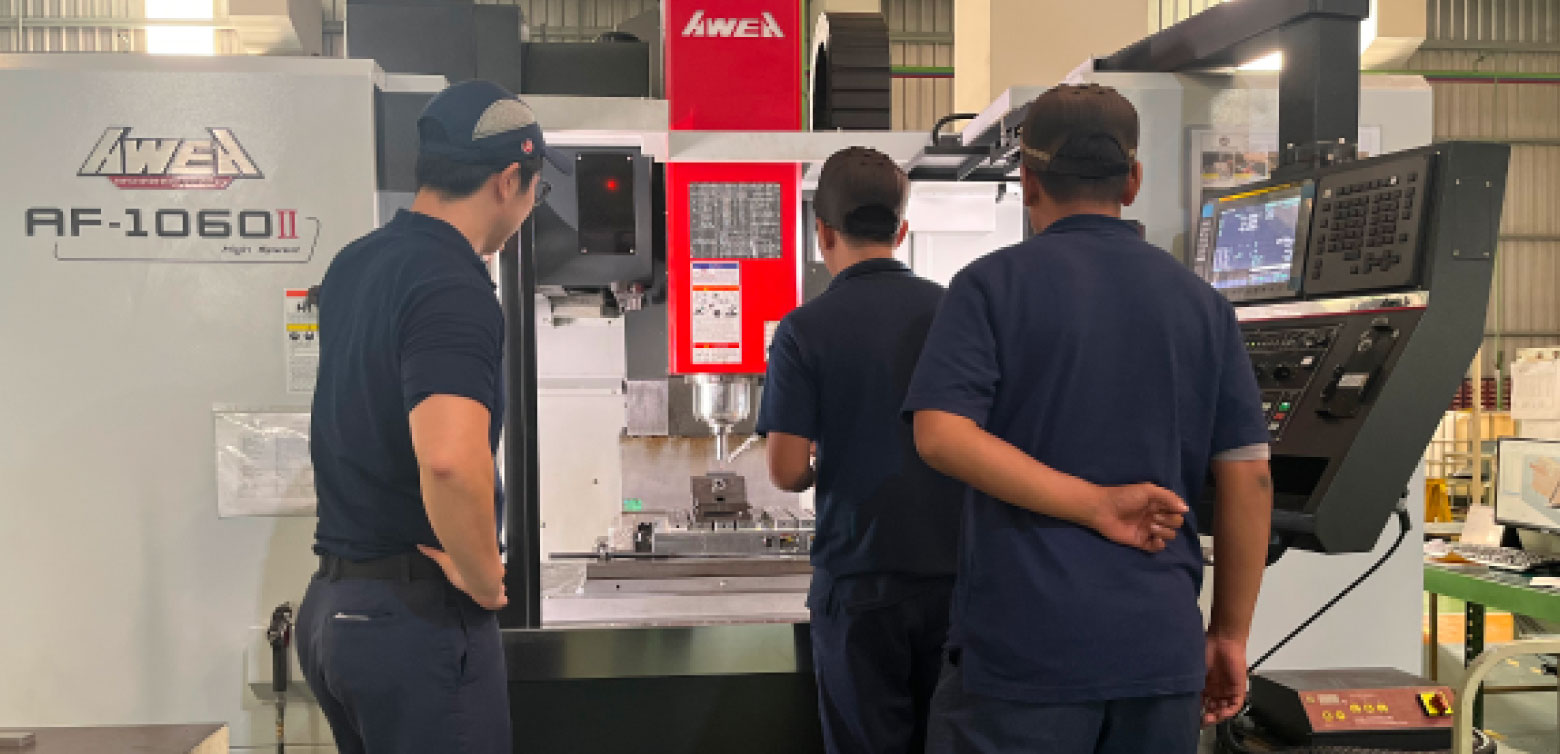
“Honestly, there are days I want to go back to Japan. The Jakarta mold factory is extremely busy and plays a vital role in the company. If it goes down, the whole company suffers. But the local staff work so hard that I naturally want to support them.”
Having made it through the toughest part, he’s now hungry for more.
“I want to keep building overseas experience while becoming a top-level mold designer. My goal is to be able to handle everything on my own. I’m grateful to have had this chance in my 20s. Though... I wouldn’t mind going back to Japan now and then! I got my first home leave in the summer of 2024—and that first sushi in years hit different.”
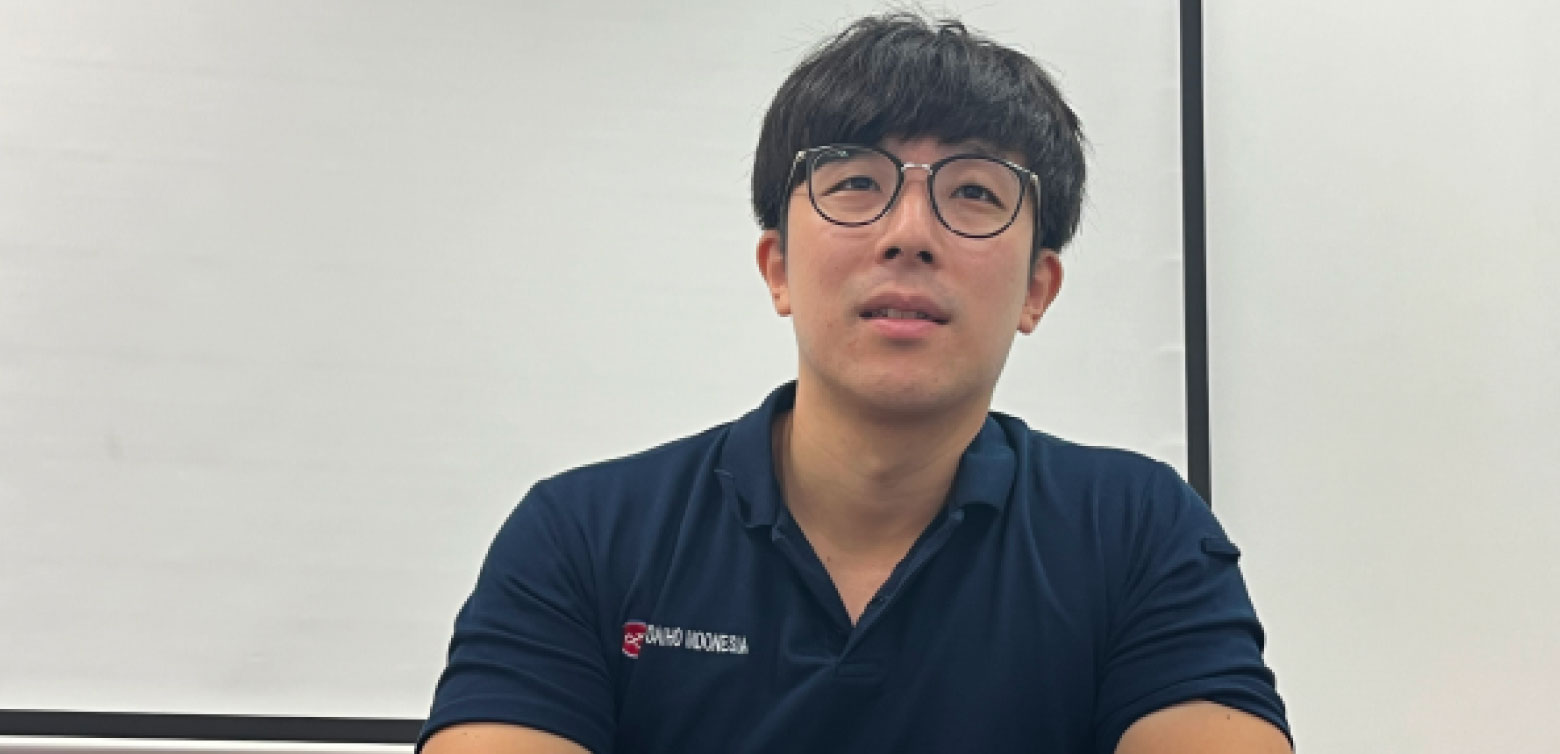
“What kind of people thrive here? Flexible people. Overseas life is full of surprises. You need to adapt to unfamiliar cultures, values, and expectations. Language doesn’t matter—you don’t need to be fluent—but you do need the determination to communicate. I struggled a lot in my first 2–3 months because I didn’t speak up enough. That doesn’t work overseas.”
S.M. believes skipping over DAIHO just because it’s in manufacturing is a mistake.
“It’s such a fun company! Everyone has strong personalities, so you can just be yourself. There are also events like relay races and talent shows, which are great stress relievers.Even though overseas work can be tough, DAIHO gives young employees big opportunities. That’s why I’m still here.
It’s a family-like atmosphere, but everyone’s chasing excellence. That’s DAIHO. Let’s grow this fun, passionate company together!”